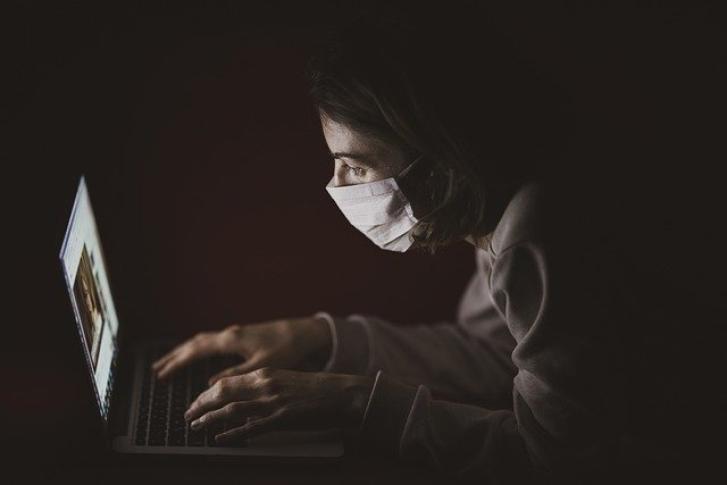
COVID-19 has changed our social media landscape, with many platforms becoming inundated with information – and misinformation – about the virus. Social media platforms play an important role in the spread of information across the world and in this sense play a large role in the global response to this pandemic. Their willingness to collaborate with governments and public health officials will determine how they are viewed in the fight against COVID-19.
To begin with, social media platforms have diverted from their policies of not fact-checking political figures during this pandemic. For instance, Facebook removed a video shared by Brazilian President Jair Bolsonaro that claimed that “hydroxychloroquine is working in all places” to fight COVID-19, despite the fact that the drug is still undergoing testing to determine its effectiveness. Facebook and Facebook-owned Instagram have also removed posts by Bolsonaro walking around outside and mingling with groups of people. Twitter has removed two tweets from Bolsonaro as well as one tweet from former New York City mayor Rudy Giuliani that contained misinformation related to COVID-19.
In general, social media platforms have taken an aggressive stance towards countering coronavirus misinformation spreading on their platforms. Google has removed the Infowars Android app from its Play Store, a move triggered by Alex Jones disputing the need for social distancing, shelter in place and quarantine efforts meant to slow the spread of COVID-19. A number of social media platforms and big tech companies, including Google, Amazon, YouTube and Twitter, attended a meeting in early February hosted by the World Health Organization (WHO) at Facebook's offices. The WHO held this meeting as they are attempting to fight the “infodemic” of rumours, myths and misinformation related to COVID-19.
After this meeting, numerous platforms responded by setting up systems in an attempt to spread correct information. Google, for example, has launched an SOS Alert system which makes WHO coronavirus resources more easily accessible when “COVID-19” or “coronavirus” is searched for using Google. YouTube has added a banner redirecting users to the WHO web portal on all videos that discuss COVID-19. If you search for topics related to COVID-19 on Facebook, the first results encourage users to look at the WHO website for the latest information. It also prioritises the WHO website in users' news feeds. Facebook has additionally launched a “Community Help” feature where people can volunteer to run errands for others or donate to fundraisers. It has also banned ads and listings for medical-grade face masks and has given the WHO unlimited free ad space. Snapchat worked with the WHO to create filters that display facts on how to stay safe and social distance. These filters include reminders to wash your hands, cover your face when you sneeze and stay home. WhatsApp has worked with the WHO to create a Health Alert system that is designed to answer questions from the public about COVID-19 and provides prompt, reliable and official information 24 hours a day and worldwide. This feature has been made available in all six of the United Nations languages. The WHO also launched a similar system with Viber. WhatsApp has also reached out to numerous governments to assist with their efforts to provide accurate information to the general public. Multiple social media platforms have also added a banner that is displayed to all users directing them to their countries’ official COVID-19 websites.
These steps have created a space for official information on social media platforms. This is important, as social media platforms are in many ways designed to encourage users to carry out specific actions. Their interfaces both reflect and reinforce social logics and therefore the way these social media platforms respond to COVID-19 can greatly influence how users understand the pandemic. With social media platforms prioritising information from the WHO and local governments, users are encouraged to get their information from official sites. The manner in which a social media platform organises its site encourages certain actions, since users are most likely to take the path of least resistance. Thus, when social media platforms prioritise the WHO or local government websites, users are encouraged to seek out information from reliable sources instead of from user-generated content that can contain misinformation.